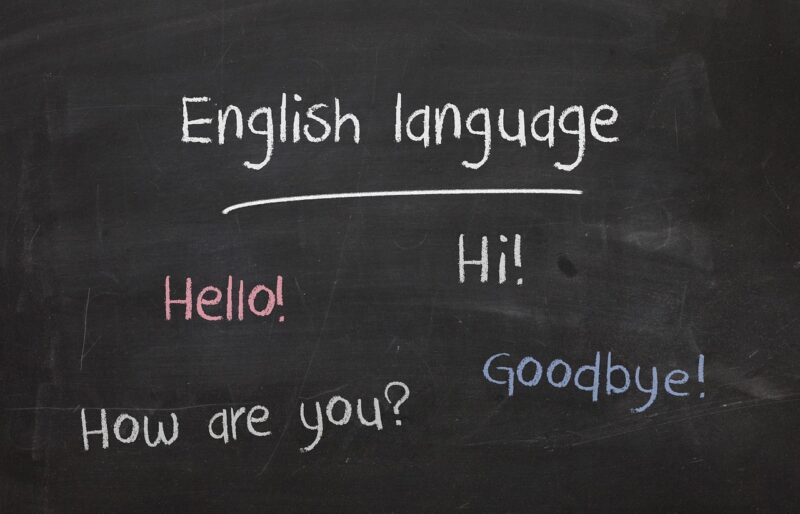The Gorgeous Diversity of Languages: Discovering the Beauty of Communication
November 17, 2024

Language is a powerful tool that shapes our thoughts, cultures, and societies. With over 7,000 distinct languages spoken around the globe, each one offers a unique lens through which to understand the world. The beauty of communication lies not only in the words we choose to express ourselves but also in the diverse cultural and historical contexts from which these languages arise. In this article, we explore the intricate tapestry of human language, its significance, and the beauty of its diversity.
1. The Importance of Language
Language serves as the foundational element of human interaction. It facilitates communication, enabling us to share ideas, express emotions, and connect with others. Beyond mere words, language encompasses gestures, tone, and context, painting a comprehensive picture of meaning. Here are some key aspects of the importance of language:
- Cultural Identity: Language is a crucial part of cultural identity and pride. It reflects history, traditions, and the values of a community. Different languages carry distinct cultural nuances, expressing concepts and ideas that may not exist in other languages.
- Cognitive Development: Learning a language advances cognitive abilities. It enhances analytical thinking, problem-solving skills, and creativity, allowing individuals to express complex ideas more clearly.
- Connection and Understanding: Language fosters connections between people. It enables us to express empathy, share experiences, and resolve conflicts through effective communication.
Understanding the significance of language encourages us to appreciate its diversity and the myriad of ways it shapes our human experience.
2. The Diversity of Languages
Languages are not merely tools for communication; they are profound expressions of human life. The diversity of languages around the world is astonishing. Estimate: Approximately 90% of languages are spoken by less than 100,000 people, and many are endangered.
Here are some fascinating facts about linguistic diversity:
- Most Linguistic Diversity: The regions with the highest linguistic diversity are New Guinea, Indonesia, and Nigeria. Papua New Guinea alone has roughly 800 languages, each reflecting different tribal identities.
- Endangered Languages: According to UNESCO, around 2,500 languages are considered endangered, meaning they are at risk of falling out of use, often as their speakers shift to more dominant languages.
- Languages and Thought: Linguists argue that the language we speak influences our thought processes. Different languages frame concepts and ideas in unique ways, affecting how speakers perceive reality. This idea is known as the linguistic relativity hypothesis or Sapir-Whorf hypothesis.
The diversity of languages not only enriches our global culture but also presents intriguing challenges and opportunities for effective communication across different linguistic groups.
3. The Beauty in Language Structure
The structure of languages varies significantly, leading to beautiful patterns in phonetics, grammar, and syntax. This diversity manifests in multiple ways:
- Phonetics: The sounds of languages create diverse phonetic inventories. For instance, the clicks in the Xhosa language of South Africa produce a melodic quality, while tonal languages like Mandarin Chinese hold meaning in pitch variations.
- Morphology: Languages differ in how they form words. Some languages like Turkish use agglutination, adding various prefixes and suffixes to create meaning, whereas others like English rely heavily on fixed word order.
- Syntax: The arrangement of words in a sentence varies greatly. For example, in Japanese, the verb typically comes at the end of the sentence, while in English, the structure is subject-verb-object. This variety adds richness to the art of communication.
Diving into the structures of different languages reveals their inherent beauty, showcasing how human creativity influences language formation.
4. Language Preservation and Revival
As globalization accelerates, many languages face the threat of extinction. Language preservation initiatives have become increasingly crucial in protecting linguistic diversity. Here’s how they are making an impact:
- Documentation: Linguists and cultural preservationists work to document endangered languages through written records and audio/video recordings, preserving them as historical artifacts for future generations.
- Community Engagement: Local communities are encouraged to hold language courses and cultural events, promoting linguistic pride and revitalizing interest.
- Technology Use: Technology offers innovative ways to preserve and teach endangered languages, utilizing social media, mobile apps, and even virtual reality to engage with younger generations.
Through these efforts, many languages are being revived, ensuring future generations can appreciate their beauty and heritage.
5. The Future of Language
With rapid technological advancements, the future of language and communication is intriguing. Here are some predictions and trends:
- Artificial Intelligence and Translation: AI-powered tools are enhancing real-time translation capabilities, breaking language barriers and fostering global communication.
- Hybrid Languages: With increased migration and interaction, hybrid languages and pidgins may develop, blending elements from different languages into new forms of communication.
- Youth Culture Influencing Language: The rise of social media and digital communication is leading to the evolution of language as younger generations adopt unique slang, expressions, and abbreviations, influencing mainstream language usage.
The future of languages promises to be dynamic and adaptive, shaped by the forces of technology and cultural change.
Conclusion
The diversity of languages is a beautiful testament to humanity’s creativity and cultural richness. By appreciating the multitude of languages spoken around the world, we can celebrate the uniqueness of our experiences and foster connections across cultures. The importance of preserving and revitalizing these languages is paramount in maintaining our global heritage. As we continue to engage with the art of communication, let us commit to appreciating and respecting the languages that shape our identities and our interactions in this beautiful world.
As we embrace the gorgeous diversity of languages, remember that every conversation, every expression, and every story contributes to the grand tapestry of human communication, making it a world worth exploring.








